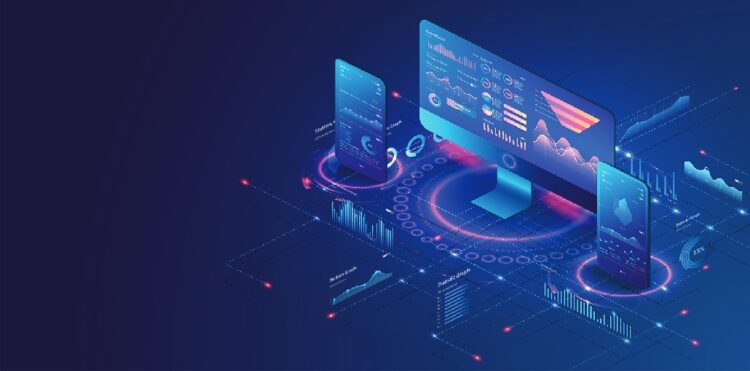In today’s data-driven business landscape, the ability to extract actionable insights from data is crucial for making informed decisions and driving organizational success. Data visualization tools play a pivotal role in transforming raw data into interactive visual representations, making it easier for stakeholders to understand complex data patterns and trends. These tools allow businesses to analyze and interpret large volumes of data quickly and efficiently, providing clear and concise visualizations that highlight key metrics and performance indicators. By utilizing data visualization, organizations can identify opportunities, monitor progress, and make data-driven decisions that lead to improved outcomes and a competitive edge in the market.
Additionally, the utilization of data visualization tools is integral to optimizing data pipeline open source, allowing for seamless integration and analysis of data across various sources. In this article, we’ll explore the significance of data visualization tools for business insights, popular tools available in the market, and best practices for leveraging them effectively.
Page Contents
Importance of Data Visualization for Business Insights

Source: simplilearn.com
Data visualization is essential for business insights because:
- Enhanced Understanding: Visual representations such as charts, graphs, and dashboards simplify complex datasets, enabling stakeholders to grasp insights quickly and intuitively.
- Improved Decision-Making: By visualizing data, organizations can identify trends, patterns, and outliers, empowering decision-makers to make data-driven decisions with confidence.
- Effective Communication: Visualizations facilitate communication and collaboration across teams by presenting data in a visually appealing and accessible format that is easy to interpret and share.
Popular Data Visualization Tools
Several data visualization tools are available in the market, each offering unique features and capabilities to meet the diverse needs of organizations. Some popular data visualization tools include:
- Tableau: Tableau is a market-leading data visualization tool known for its intuitive interface, powerful analytics capabilities, and extensive range of visualization options.
- Microsoft Power BI: Power BI is a robust business intelligence platform that enables users to create interactive dashboards, reports, and data visualizations using a wide range of data sources.
- QlikView/Qlik Sense: QlikView and Qlik Sense are popular data visualization tools that offer powerful data discovery and visualization capabilities, enabling users to explore and analyze data intuitively.
- Google Data Studio: Google Data Studio is a free data visualization tool that allows users to create interactive reports and dashboards using data from various sources, including Google Analytics, Google Sheets, and more.
Best Practices for Leveraging Data Visualization Tools

Source: mygreatlearning.com
To leverage data visualization tools effectively for business insights, organizations should follow these best practices:
- Understand Your Audience: Tailor visualizations to the needs and preferences of your audience, considering factors such as their level of expertise, visual literacy, and specific insights they seek.
- Choose the Right Visualization: Select appropriate visualization types based on the nature of your data and the insights you want to convey. Consider factors such as the type of data (e.g., categorical, numerical), relationships between variables, and the story you want to tell.
- Keep it Simple and Clear: Avoid clutter and complexity in your visualizations by focusing on the most relevant information and using clear labels, titles, and legends. Simplify visualizations to ensure they are easy to understand at a glance.
- Interactivity: Leverage interactive features offered by data visualization tools to enable users to explore data dynamically and drill down into specific details. Interactive dashboards and filters empower users to customize their views and gain deeper insights.
Conclusion

Source: the-tech-trend.com
Data visualization tools are indispensable for transforming raw data into actionable insights that drive business success. By leveraging the power of visual representations, organizations can enhance understanding, improve decision-making, and communicate insights effectively across teams. With a wide range of tools available in the market and best practices for effective utilization, organizations can harness the full potential of data visualization to gain valuable business insights and stay ahead in today’s competitive landscape.




